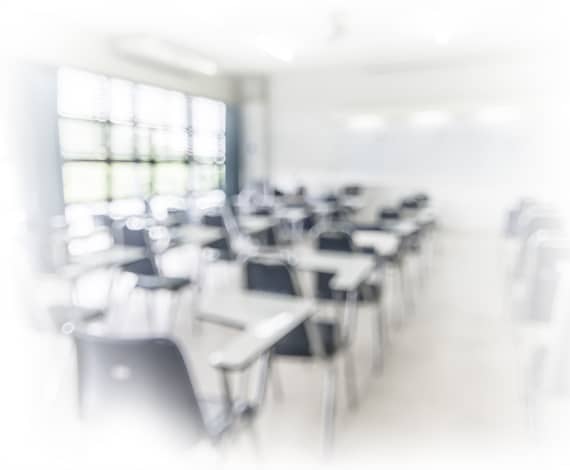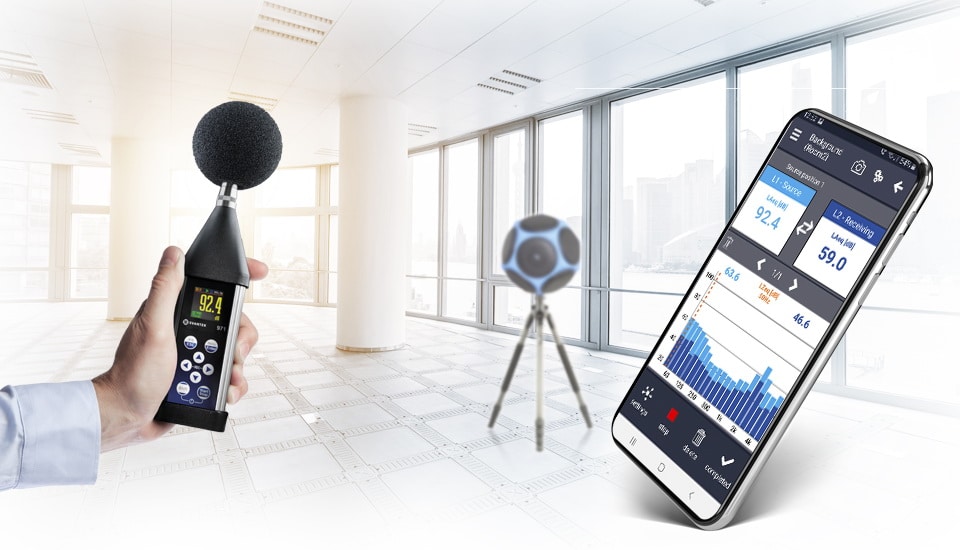The noise in schools is said to be a major stress factor for almost 80% of those who teach in schools. There are also examples of chronic noise-causing hearing damage.
Noise pollution in schools is a serious problem that can have negative impacts on the health, productivity, and learning of students in schools. Excessive noise makes it difficult for students to focus and learn.
In most schools, the permissible sound exposure level of 85 decibels is rarely exceeded. The levels that teachers identify as excessive noise in the workplace range between 60 and 85 dBA. These noise levels should be designated as noise-inducing stress and influencing mental health.
Yes, noise levels between 60 dB and 85 dB are substantially louder than is considered harmful by noise research scientists for productive tasks like office work.

The noise level in school facilities has a significant negative impact on the mental health and well-being of young people, faculty, and staff. This includes impacts such as hearing damage, stress, fatigue, distraction, increased blood pressure, and sleep disruption. Several factors can contribute to noise in schools. These include noise generated from lab equipment, or other noisy activities like musical instruments or gym classes, poor acoustics in the building such as air conditioners, or a lack of sound-absorbing materials.
Several studies have shown that noise level can be a significant factor in causing or exacerbating disruptive behavior in children. While there is no single solution to reducing noise and disruptive behavior in the classroom, a number of different strategies can help to create a more positive learning environment for all students.
At higher levels, excessive exposure to noise can result in hearing loss over time. Effects of noise include noise-induced hearing loss as one of the most common occupational hazards for those who work in loud or noisy environments.
The World Health Organization recommends that the background noise in school classes not exceed 35 decibels. Noise that is louder than this limit makes it harder to communicate and understand speech.

The design of a classroom is crucial. The classroom should be built to reduce basic sound levels and reverberation times (RT60) in rooms intended for educational purposes above those desired for other mental activities (by 30–45 dBA) and reverberation times (by 0.4 seconds).
Communication (speaking and comprehending) is at the heart of all measurable learning processes. The speech intelligibility index (STI) is a parameter that measures the quality of speech transmission. The better the speech transmission, the less noise there is inside schools.
BB93 for Classroom Acoustics sets maximum permissible levels for both reverberation times (RT 60) and background noise levels in classrooms to ensure speech intelligibility: e.g.the maximum RT 60 in a classroom is 0.6 seconds for a secondary classroom.
A music room may have a maximum RT 60 of 1-second Background level in the same classroom is limited to 35 decibels.
The acoustical performance and design standards apply when designing all new small-to-moderate-sized classrooms. Slightly less stringent values apply when refurbishing spaces.
If you are concerned about noise levels in your classroom or school, one option is to use a classroom noise meter. These devices measure the noise levels and reverberation within a space, allowing you to take steps to improve the acoustic environment and mitigate any negative effects on learning and productivity.
Room acoustics parameters can be measured with a professional meter, such as a Class 1 sound level meter SV 971A or Class 2 sound level meter SV 973 with RT60 and STIPA options installed.

Noise from outside the school building can intrude into the classroom or learning space. Sources of this noise can include traffic, aircraft, industrial plants, and activity in schoolyards or from grounds maintenance. Schools can usually only control noise from the schoolyard and grounds. However, when a new school site is being considered, noise from commercial, industrial, and transportation noise sources can be taken into account. Noise that comes from the school building and into the classrooms can be stopped by making sure the building is designed well and by using noise control measures on the utilities and services.
Studies conducted by an acoustical society point out a few ways to reduce noise levels in schools:
– acoustic treatments like sound-absorbing materials on walls and ceilings
– better building acoustics including ventilation systems
– using earplugs or other noise-canceling devices
– scheduling breaks and recess times throughout the day
– having quiet areas in the school where students can go to focus or study
Earplugs are a type of personal protective equipment that can be used to reduce noise exposure. They come in different sizes, materials, and shapes. They can also be custom-fit to the individual wearer. When selecting earplugs for use in a school setting, it is important to choose a product that is comfortable and durable. It is also important to choose a product that is easy to use.
Noise-canceling headphones are another type of personal protective equipment that can be used to occupational noise reduction. These devices work by creating a sound wave that cancels out noise, making it easier for you to focus on the task at hand.
There are many different types of sound-proofing materials that can be used to reduce noise levels in a space. Environmental research data collected shows that more noise can be generated by other equipment, for example, an air conditioner or even aircraft noise. Materials such as panels, tiles, and mats, can be used as insulation.
Barriers can be used to block or deflect noise from space. Research focusing on noise in the classroom shows that high levels of outside noise can also contribute to the total noise in school. Physical barriers like walls and doors can be effective at reducing noise in schools, while other types of barriers, such as acoustic curtains and baffles, can be used to improve the overall acoustics of a space.